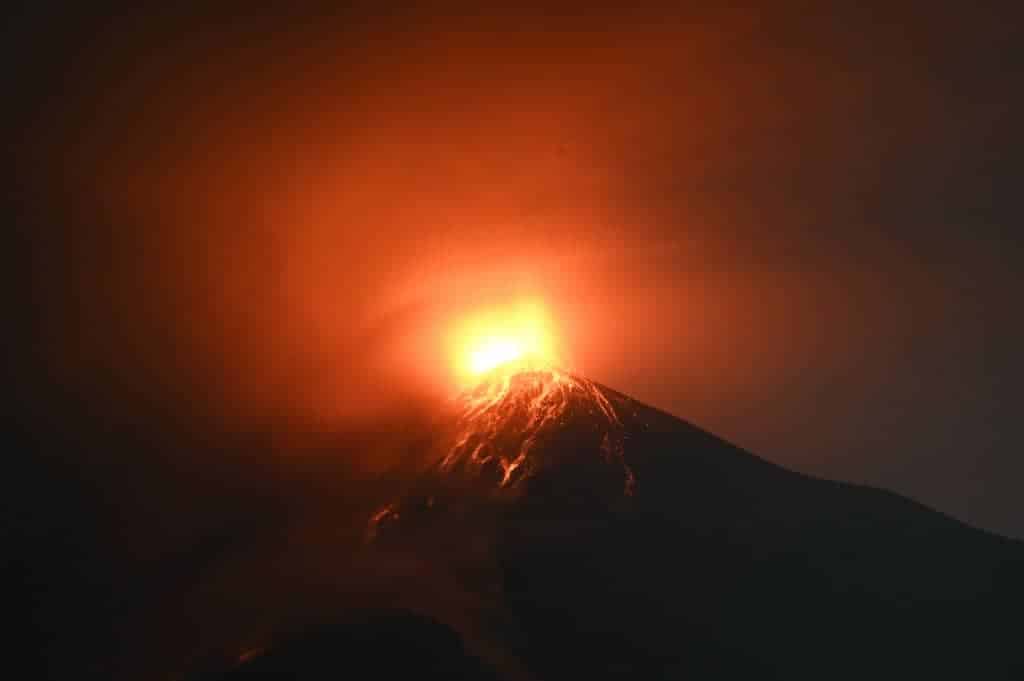The Fuego volcano, which in 2018 caused an avalanche that left 215 dead in Guatemala, began Saturday a new eruption phase with explosions, ash and lava flows, announced authorities who so far report no evacuations.
“The Fuego volcano showed an increase in its activity, which in the last minutes has entered an eruption phase (…). The eruption is mostly effusive accompanied by incandescent pulses from the lava source,” said the state-run Institute of Volcanology (Insivumeh) in a bulletin.
According to the institution, the eruption of the volcano, 3,763 meters high and located 35 km southwest of Guatemala City, generates “constant weak, moderate and strong explosions”.
It also causes an “incandescent source” of lava that exceeds 500 meters above the crater and a column of ash that rises more than a kilometer from the top of the volcano, located between the departments (provinces) of Escuintla, Chimaltenango and Sacatepéquez, Insivumeh added.
So far no preventive evacuations have been reported in the communities settled near the volcano, said Rodolfo García, spokesman for the National Coordinator for Disaster Reduction (Conred), the entity in charge of civil protection.
The official explained that they maintain communication with leaders of the populated areas around the volcano with whom they maintain a “monitoring” of the activity and the possible rain of ash towards the northwest of the volcanic cone, in addition to the risk of a lava flow of about 800 meters that descends a slope.
An eruption of the Fuego volcano on June 3, 2018, triggered an avalanche of burning material that devastated the community of San Miguel Los Lotes in Escuintla and part of a road in Sacatepéquez, leaving 215 dead and a similar number missing.
Along with Fuego, the Santiaguito (west) and Pacaya (south) volcanoes are also active in Guatemala.






